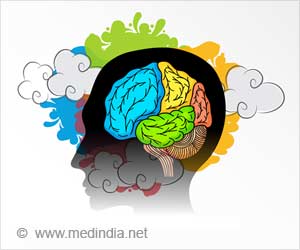Robert Johnston, professor of psychology and a team of Cornell University research psychologists have found that different areas of the brain react differently when recognizing others.
This mainly depends upon the emotions attached to the memory. The researchers did this study with the help of golden hamsters. They allowed these hamsters to have social encounters and examined the animals' brains for evidence of those encounters.They identified which areas of the brain play a major role in recognition. The results were published in the Journal of Neuroscience. This study is of great importance in finding a better treatment options for the diseases such as autism, Asperger syndrome, psychopathy and social anxiety disorders.
Johnston said that the ability to recognize remember and store huge amounts of information about individuals is wholly that of humans. The sole purpose of using hamsters in the study is that their brains are similar to that of the humans.
In one experiment a male hamster encountered two individuals that he knew equally well but had different interactions with the previous day, a male that defeated him in a fight and a male that he had never fought.
The hamster fled from the winning male but was attracted to the neutral male. This suggested and proved to us their ability to recognize. Immunohistochemistry is a technique to study which part of the brain is actively functioning during a process. It is also used to diagnose cancerous cells in humans.
It enables one to see each individual cell in the brain that was activated due to the event. The researchers found activity in the hamster’s brain that the anterior dorsal hippocampus and amygdala were activated.
Advertisement









